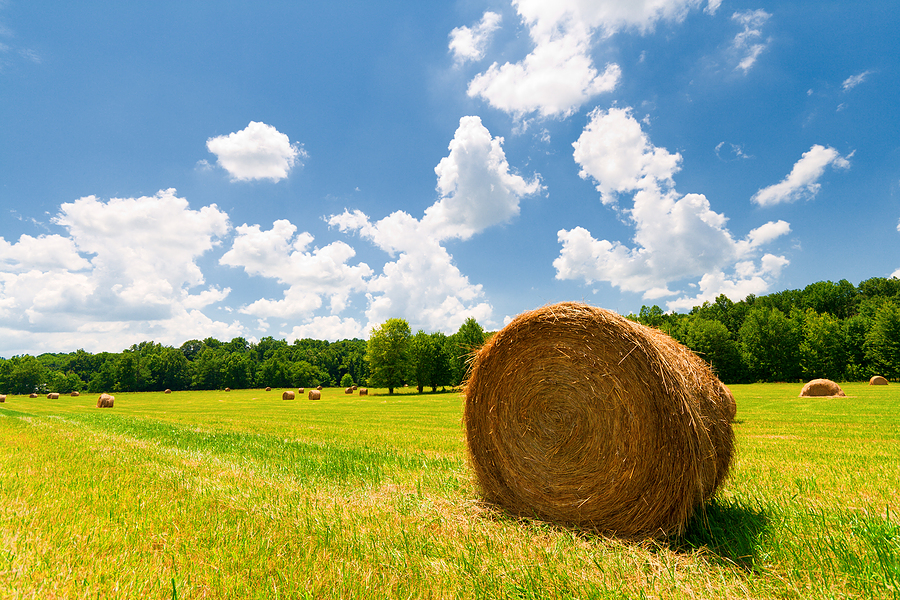
Our cities are facing a growing waste problem. As more and more people leave rural areas for the economic opportunities cities offer, the world increasingly is becoming more urban. Today, more than half of the world’s population lives in urban environments, and this is expected to rise to 60 percent by 2030. Meanwhile, the amount of waste generated by cities is mounting alongside population growth. By 2100, the global urban population will be producing three times as much waste as it does today, according to the World Bank. This could create serious physical and fiscal consequences for cities around the world.
While it’s easy to picture these mountains of waste being built of plastic and paper, the most prevalent form of waste is food. In the United States, people throw out more food than plastic, paper, metal and glass.
And this has major impacts on the climate and society. Food loss and waste annually contribute 3.3 gigagrams of carbon dioxide equivalent — or over twice the total emissions of India. If only a quarter of this lost or wasted food across the world was recovered, it could feed as many as 750 million people, according to the United Nations — a shocking stat when presented in the context of global food insecurity and hunger.
Addressing food waste in cities also could help businesses become more competitive, says The World Bank. With more conscientious management and better logistics systems for food and food waste in supermarkets and restaurants, cities will have businesses with modern operations that are able to engage in corporate social responsibility in a way they have been unable to do before.
Continue reading “Why cities matter in the food waste fight”

